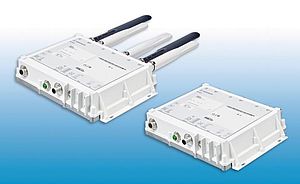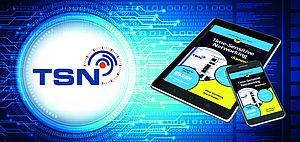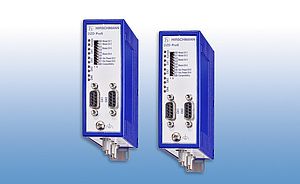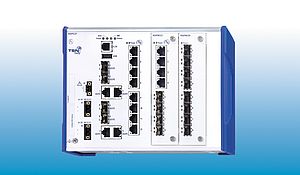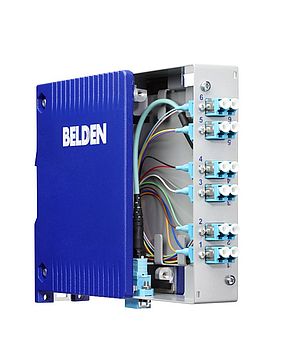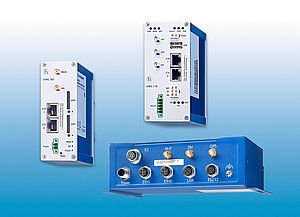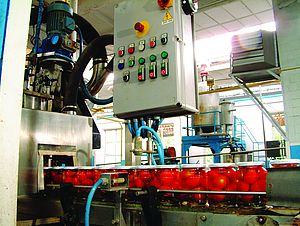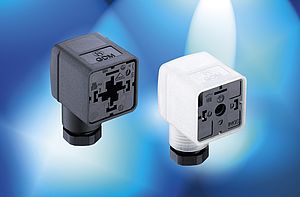A top priority for engineering, operations and IT revolves around running a reliable and secure industrial network. Often, the "fear" around wireless stems from a historical or outdated frame of reference, or a bad past experience. Wireless technology, however, has made great strides and the potential benefits to network efficiency and agility are huge.
Today, industrial wireless solutions are reliable, robust, secure and easy. From redundant communications to transferring more data at higher speeds, and firewall protection to easy design and implementation, wireless offers many benefits and applies to lots of industrial applications.
No matter where you are in your transition to adopting wireless technology, here are a few areas to consider.
Wireless data collection
Do you have an area that someone visits frequently to manually collect data? Is there an area that should be on your energy management system, but isn't? Is there a remote device you'd like to gain visibility to?
Wherever data is being manually collected today, wireless data collection can be a more efficient option. This could include energy monitoring systems, condition monitoring information (e.g., fan or motor vibration, balance) and any remote devices (e.g., sensors, motors, valves) that exist.
Remote video monitoring
Do you have unmanned network equipment that is difficult to access? Does your plant or facility have remote areas that are challenging to access?
A live video feed can help monitor these remote areas, as well as hard-to-reach equipment. Monitoring hazardous areas, and potentially detecting dangerous situations early, can also contribute to increased workplace safety.
Mobile workforces
What efficiencies could you realize with having any data at your fingertips, no matter where you are?
Improvements to worker productivity are possible with remote management and control of all systems and process, whether it's a worker walking a manufacturing floor with a tablet device or a network manager checking the status of an unmanned system at a different location. Essentially, you can "take the control room with you."
Backing-up wired connections
Do you have a particular area of the network that's troublesome, or a piece of equipment that has caused a network failure?
Wireless technology can provide redundancy for wired systems and help ensure a network stays up and running despite potential failures, for instance, due to a broken cable.
If you want to network places you've never networked or to collect data from new or isolated locations, industrial wireless solutions can satisfy these business needs. But not every company is the same - there are many factors to include when designing a wireless network. You should consider the amount of data being transferred, as well as the level of security that's required. You will also want to think about how many nodes or devices need to be connected - both today and in the future. With these considerations, a custom network infrastructure that taps wireless technology can be designed with the right specifications or needs in mind.
Don't allow perceived hurdles to stop you from taking advantage of wireless technology in your network - wireless solutions can be deployed in a simple, reliable and secure way. By focusing on the benefits and letting go of preconceived notions, a company can successfully build a robust industrial network, taking advantage of everything wireless technology has to offer.






